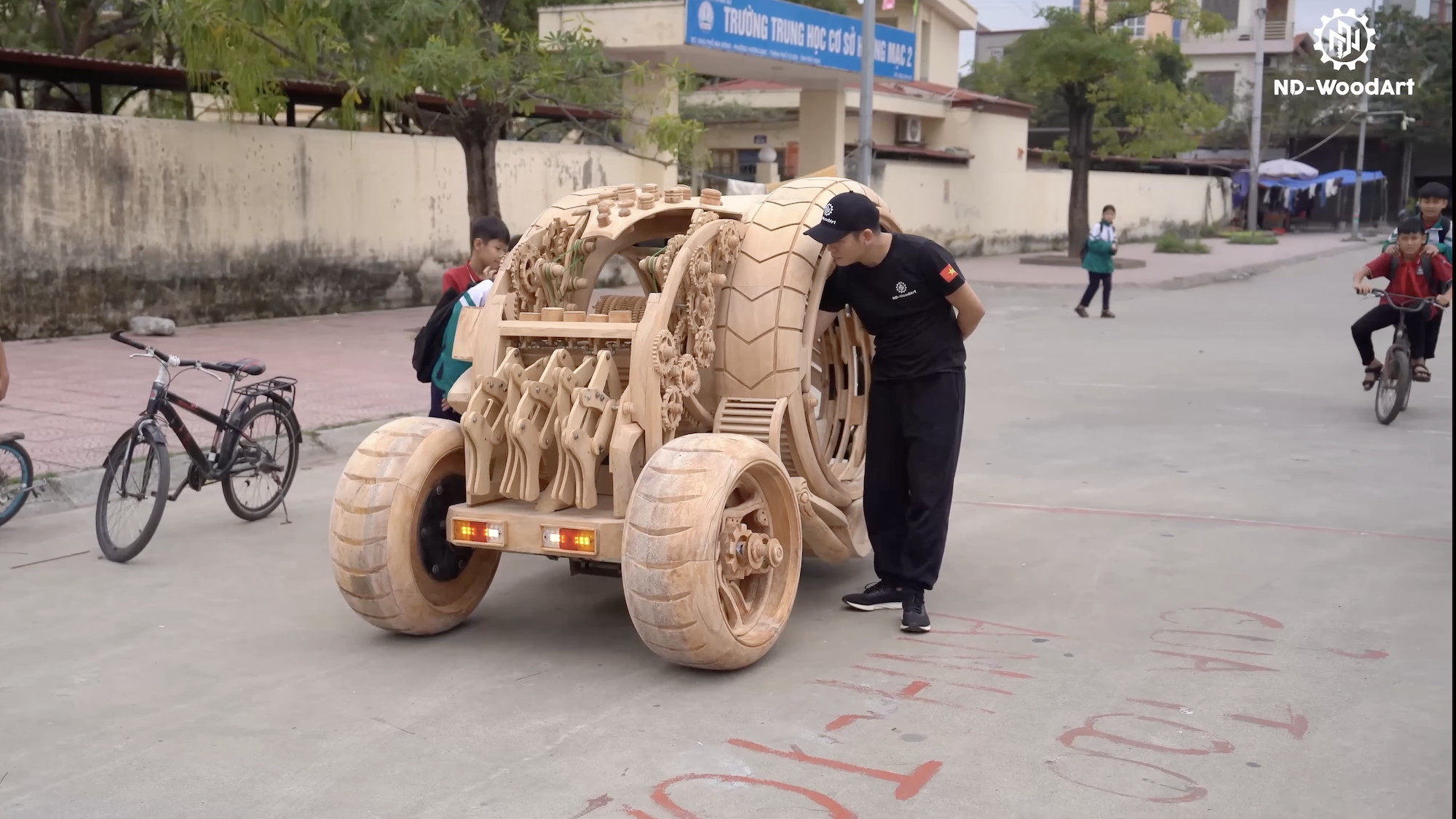MRIs (magnetic resonance imaging) are highly effective and can produce detailed images of bones, muscles, organs – basically everything in the human body. The question is: How can they get even better? That’s the answer a new, multi-million dollar MRI research center hopes to find.
“We believe we could make a lot of progress if we took the time to work on it,” says Dr. Mary Mahoney, chief of the University of Cincinnati’s radiology department and director of imaging services at UC Health. “Better scanning techniques, more noninvasive ways to examine the body, more precise imaging that allows us to make better diagnoses.”
Most MRI machines are used for clinical purposes, Mahoney says, so it’s difficult to find time for research. UC, UC Health, Cincinnati Children’s and GE HealthCare are collaborating with JobsOhio and REDI Cincinnati to build an MRI research lab on the UC medical campus. GE HealthCare scientists and engineers will work with clinicians on research and development.
RELATED TOPICS: GE Aerospace modernizes in Ohio as transformation into standalone company nears completion
“The idea behind the center is to help us do better imaging, develop better coils and develop better technologies by bringing scientists and clinicians together.”
Mahoney provides an example of how the science behind coils in particular is already improving. Coils are usually very rigid and contain a lot of technology. They are placed around or over the area being scanned during an MRI. They can be heavy and uncomfortable. GE HealthCare has developed a flexible coil that can be wrapped directly over the skin.
“By developing this new, innovative method of developing the flexible coils, we can wrap them around patients in locations that give us more flexibility, more comfort and better image quality. We can get closer to the affected area and they are lighter, softer and more comfortable.”
The whole thing is also more efficient, she says, because the scans can be done faster and produce better images. What would today require eight “sequences” – the number of different scan types – could be done in half the time, for example. The center will also work on improving and testing techniques.
“We have developed techniques that allow us to change the proton density and not use intravenous contrast – (a big) advantage for the patient as they don’t need injections (because) we can change the way we scan and still get the information we need.”
“We’re going to do a lot: coil development, sequence development, faster scanning, more efficient scanning, better image quality,” she says.
RELATED TOPICS: First class of Black Women in Tech graduates
Mahoney expects the research center to be ready for occupancy in the first half of 2025. She says those involved are confident they will be able to present their initial results at the Radiological Society of North America’s annual conference in late 2025.
There’s an educational aspect, too. Mahoney says that’s what caught the eye of the folks at JobsOhio. She says the center will involve students from UC’s biomedical engineering department.
“We can start training technicians in advanced imaging techniques. We can start training research coordinators in the intricacies of clinical trials. … Hiring all of these people will help patients, but let’s also start building a workforce here at UC that we can benefit from by having more technicians — we have such a shortage of technicians — more scientists, more engineers, more coil designers.”




